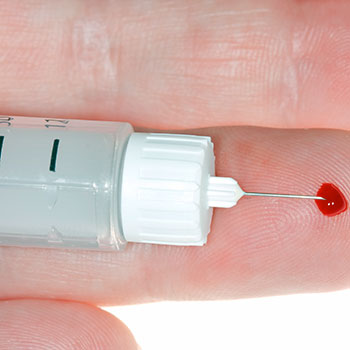Keywords
Hemichorea, diabetes complications, movement disorders
Abstract
Background: Hyperkinetic disorders such as hemichorea can be caused by cerebrovascular, infectious or inflammatory diseases or by metabolic conditions such as hyperglycaemia. Hyperglycaemic hemichorea is a rare movement disorder which is frequently misdiagnosed. It is characterized by involuntary, continuous, non-patterned movements on one side of the body, basal ganglia lesions seen on head CT or MRI, and clinical improvement after blood glucose normalization. We describe the case of a female patient with uncontrolled diabetes who presented with hemichorea.
Case presentation: We report the case of a 69-year-old woman with type 2 diabetes who presented with abnormal movements of the right upper limb. She had no neurological signs other than hemichorea. Her blood glucose level was 349 mg/dl and her glycosylated haemoglobin level (HbA1c) was 10.5%. Head CT and MRI showed no changes in the basal ganglia or ischaemic lesions. The patient was started on insulin and haloperidol with clinical improvement.
Conclusion: Larger case series are needed to establish better understanding of the physiopathological mechanisms and diagnostic criteria of hyperglycaemic hemichorea. The most important diagnostic criterion is clinical improvement after glycaemic control.
References











